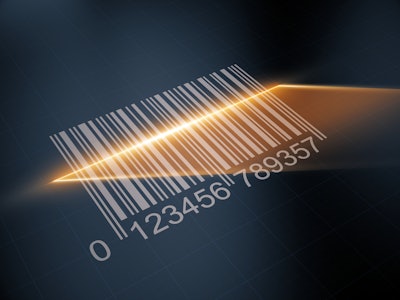
Las Tienditas Mexico’s beloved equivalent of mom-and-pop corner stores, las tienditas, nourish millions of Mexicans daily. Called “proximity markets” due to size and location, most tienditas (even those in cities) lack internet, preventing digitalization.
First, this barrier creates supply chain management inefficiencies for food suppliers. Secondly, it affects customers who often make multiple weekly trips, buying small quantities of vital necessities.
Suppose bottles of Activia Nopal (cactus-flavored yogurt drink) and other Danone products can't be ordered and accounted for. In that case, many customers could lose convenient (or their only) access to healthful products.
In 2001, Danone, a multinational food products corporation, adopted an early version of NomadProxi from Q4Tech. The result is, 20 years of close collaboration to provide a mobile solution that ensures efficient deliveries while improving sales operations in the field.
No internet, no service?
While smartphones are commonplace today, this wasn’t so 20 years ago. Introducing a mobile platform to those without prior access to digital technology was Q4Tech’s first hurdle.
“Today, everyone has a cellphone, but back in 2000, that wasn’t the case. The salesforce used to drive from store to store using just a piece of paper to close the deal,” recalls Javier Pantaleon, Q4Tech’s commercial director. “Today, we provide them with an offline mobile tool that covers a full range of direct store delivery processes.”
Founded in 1997 and headquartered in Argentina, Q4Tech develops mobile corporate systems to improve the connectivity of in-the-field sales and logistics. Today, Danone is their biggest customer, with around 8,200 users globally—nearly half of whom are based in Mexico.
“We needed to make a system that ensures business continuity,” Pantaleon says. “On average, a Danone salesperson routinely visits 70-90 stores daily, with no more than five minutes in one location. If you lose 30 minutes of store time, it impacts your operation for the whole week.”
And thus, Q4Tech’s NomadProxi system was born as a dedicated tool optimized for proximity markets.
Nomad knows
NomadProxi provides necessary information about orders, pricing, delivery dates and stock management to sales reps, sales management and store owners. Data from a centralized server can be synchronized with any enterprise resource planning (ERP) system and is also available to Danone’s headquarters. Once the order is digitized, the data is used for historical sales and 3/4 codecorp.com promotion analysis. In addition to sales management, this data-rich nature has also made NomadProxi popular among marketers.
“Without internet and the challenge of giving the salesforce the speed they needed, we had to make the application offline,” shares Pantaleon. “At the beginning of the day, the information is available to the salesmen. Orders taken are then automatically synced with the server in the background, making it completely transparent to the user.”
But, as the team would discover, this wasn’t the only challenge tienditas faced. Without the internet to provide key performance indicators, the salesforce could creatively sidestep rules. To ensure a sales rep visited and took orders accurately, a barcode was placed at a store’s entrance and another inside the refrigerator. All must be scanned to close the sale.
“That’s when we realized that the scanning library that we had in place didn’t have the required speed and accuracy needed to perform the sales,” admits Pantaleon. “Sometimes it would be impossible to recognize the barcode, or it would take 30 seconds to scan. When a total sales visit is five minutes at max, taking 30 seconds to scan one barcode is a long time.”
Just like the mobile application, the barcode-reading license had to be available fully offline. Q4Tech evaluated three different libraries, one of which was Code’s CortexDecoder software development kit (SDK). As part of the process, the on-site development team hit the road, testing each in the field.
“Speed was the No. 1 criterion, and of course, accuracy,” he says. “The result was that Code’s CortexDecoder was the best one. I have the email from the customer that says, ‘this never fails, and it's really fast and great.’ And, that’s how Code became part of the solution. Since implementation, we’ve never had any complaints about its performance.”
On top of performance, Pantaleon notes, implementing CortexDecoder into Q4Tech’s solution was seamless.
“It took a couple of days to integrate, but everything was well documented, and we never had to ask for support,” he states. “Choosing something complex that we would have to maintain was not an option for us. We’ve had a relationship with Danone for 15 years, and in adding this external component into our tool, we had to be sure that we found the right partner who can support us when needed.”
One of the main competitive advantages of Q4Tech is maintaining the mission-critical software and its technologies while innovatively supporting customers. This task carries tremendous weight when considering the end-users. Offline barcode scanning and digitization with Q4Tech ensure that las tienditas can continue nurturing the neighborhoods it serves with Danone staples and other everyday necessities.



















